Out of Tuscany
After coffee I boarded a city bus, which roaring with deafening agony, took me around the dusty suburbs of the city. I disembarked at a favela that extended throughout a valley of ocher and orange, colors out of a postcard of the Tuscan countryside. The neighborhood surrounded a line of middle class apartment buildings on top of the hill parallel to a large avenue on the other side. Far from being pastoral, this panorama reflected a social logic, embodied in the topography of the landscape in a literally vertical manner: The houses of the rich stood on top; the houses of the poor lined the bottom.
The anti-aesthetic strategy of the shanty is the perversion of collage, pragmatic logic in which the immediacy of function drastically subjugates form. The houses that are not made out of bricks are made out of cardboard boxes, advertisements, road signs, leftover industrial crates, car tires, tree branches, and plastic linings. The organic happening of the dwellings takes place in fragments, and although they are made out of previously disposed materials, nothing is really disposable since everything is transitory. (1)
Nature creates similarities. One need only think of mimicry. The highest capacity for producing similarities, however, is man’s. His gift of seeing resemblances is nothing other than a rudiment of the powerful compulsion in former times to become and behave like something else. Perhaps there is none of his higher functions in which his mimetic faculty does not play a decisive role. (2)
If distinctions in society were of true essence, the different social classes would be inclined to behave like different species. Lost in the wild predatory landscapes of contemporary society, the lower classes would need to explore survival strategies that could grant their endurance and self-preservation.
Masquerading presence, the act of cross-dressing as something else serves the purpose of constructing a sign of normalcy, some sort of faux integration with the surroundings. Most species camouflage themselves in order to avoid being identified as predators or as prey.
The homemade precariousness of a shanty dwelling could become the site for a vast array of innovations. It will not be long before we see shantytowns borrowing architectural forms and aesthetic criteria from the upper classes.Scavenging through the bone yards of modernist ideas, a global culture of shanties would emerge with the impetus of a postcolonial Avant-garde. Its leverage would be granted by the ever-growing abundance of garbage produced by those who live in material excess, something available anywhere in the globe.
I foresee that the materialist and environmental grace of this avant-garde of the slums would be predicated on the benign act of giving a second chance to abandoned readymades. Challenging their ontological status as debris by recycling them into housing, this creative act would sublimate their existence by granting them a new life into the all-inclusive realm of collage.
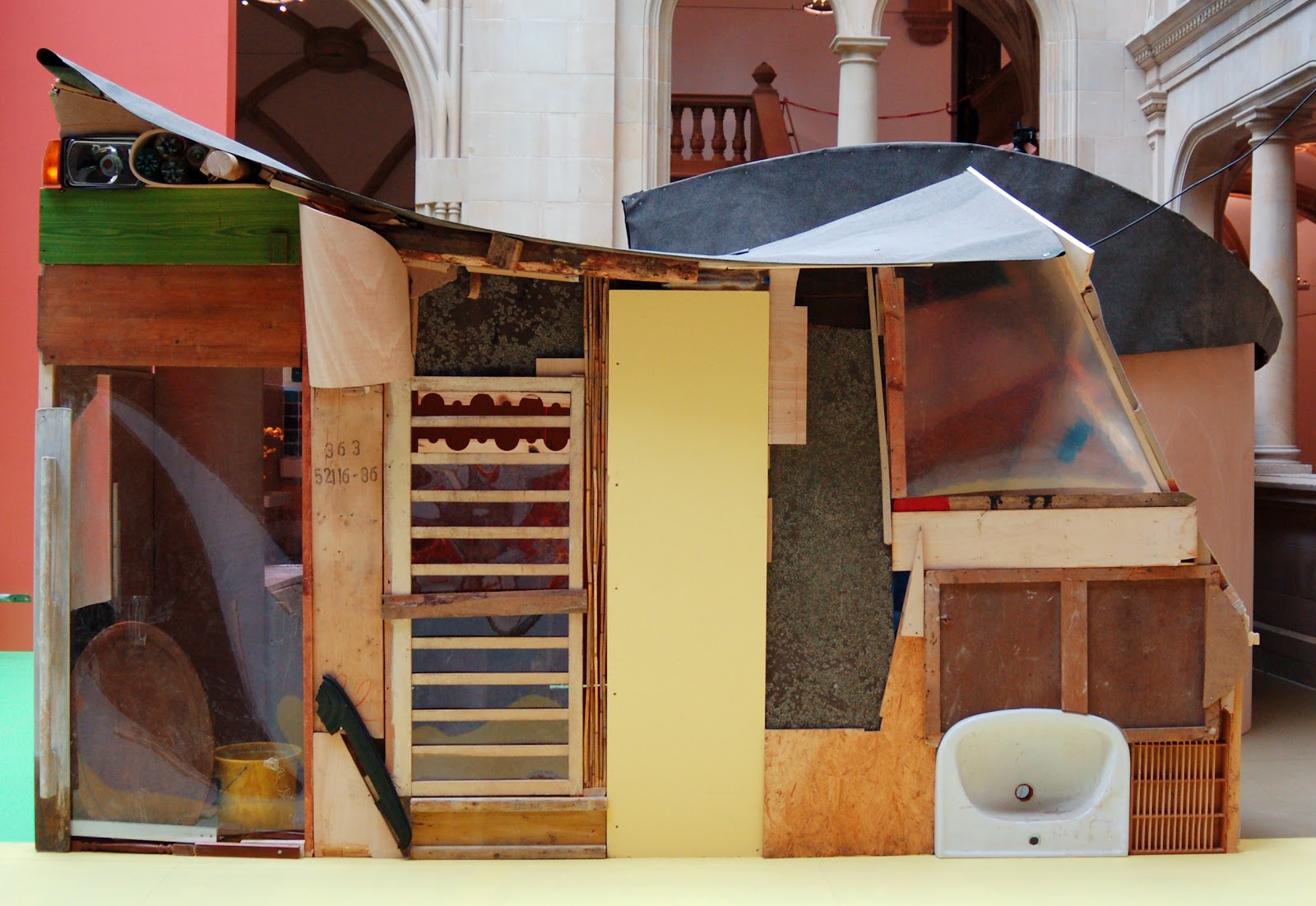
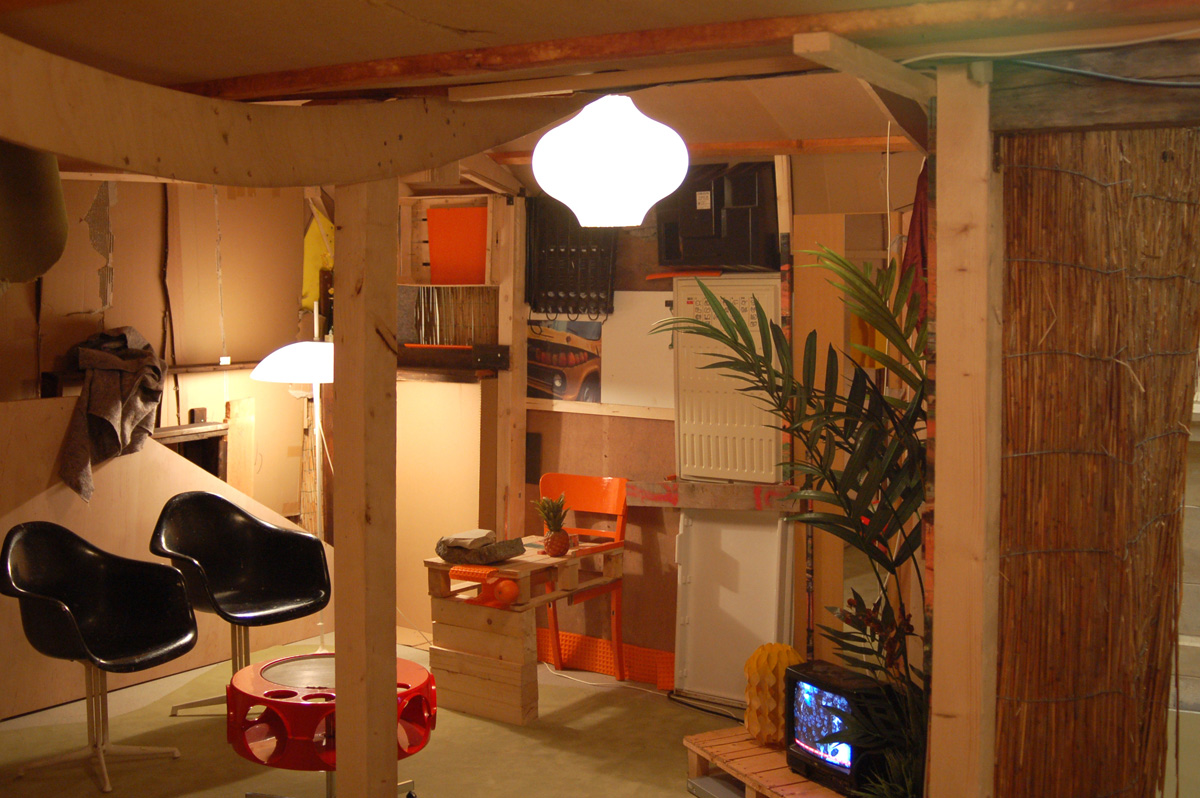
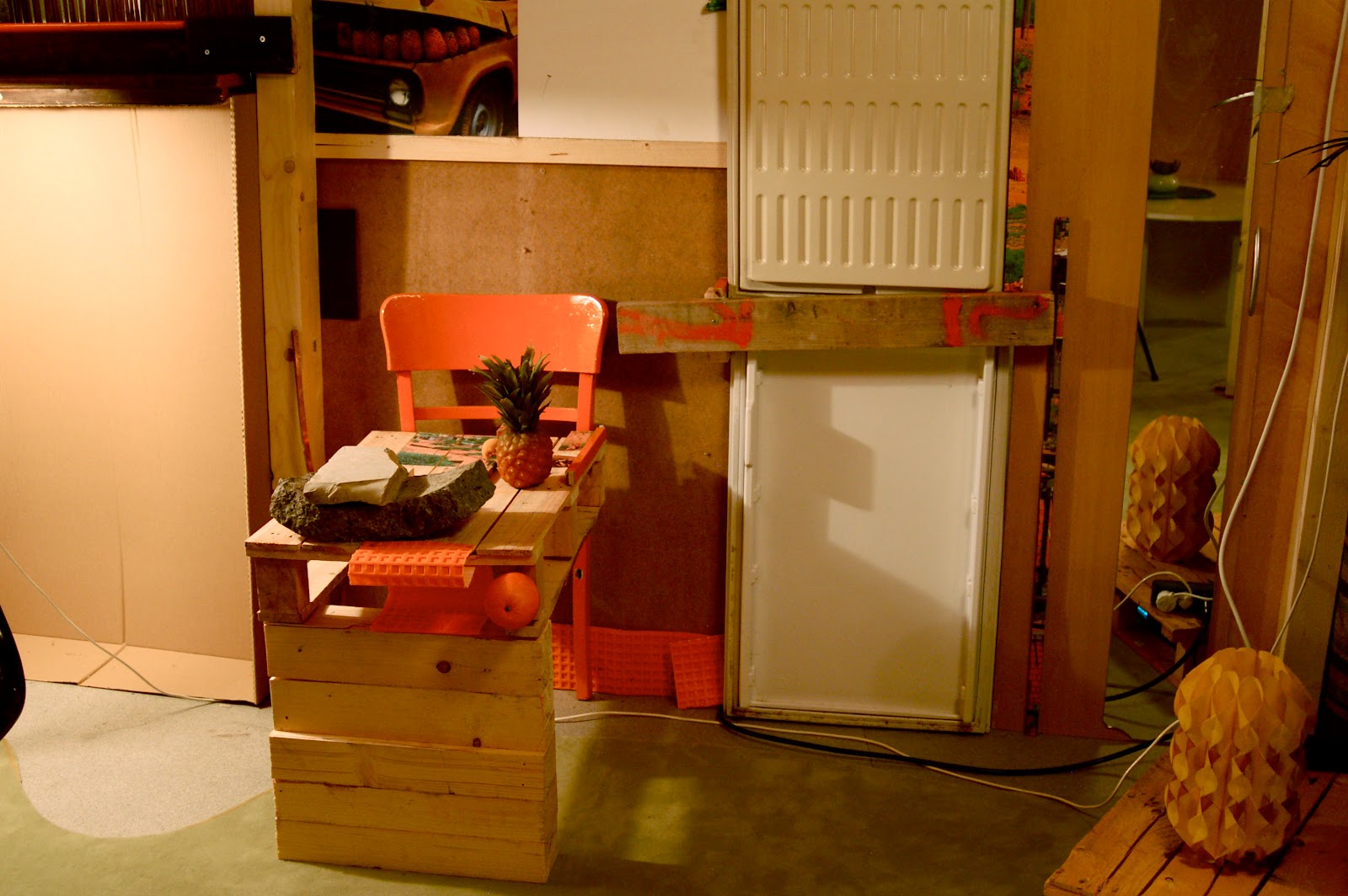
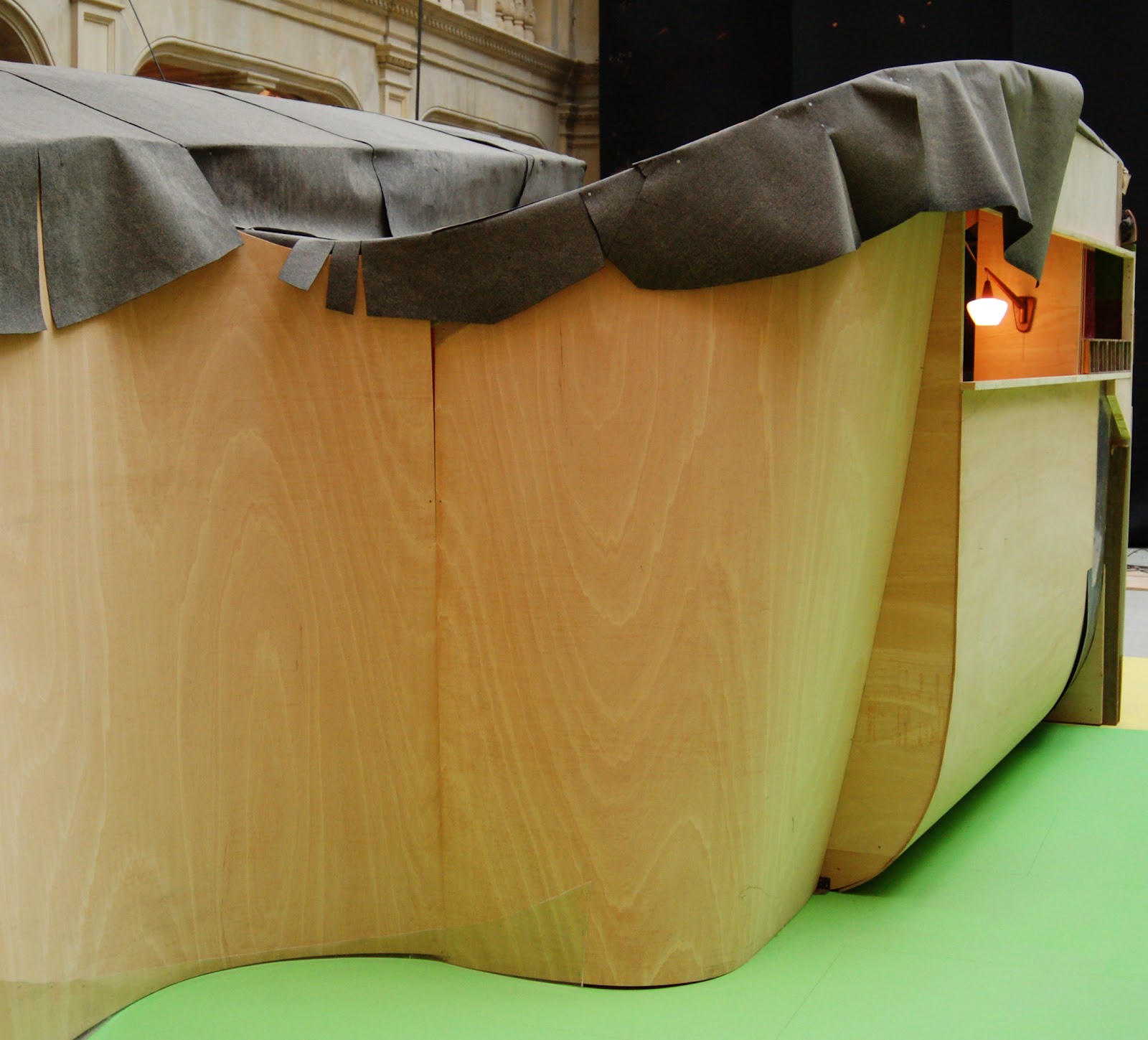
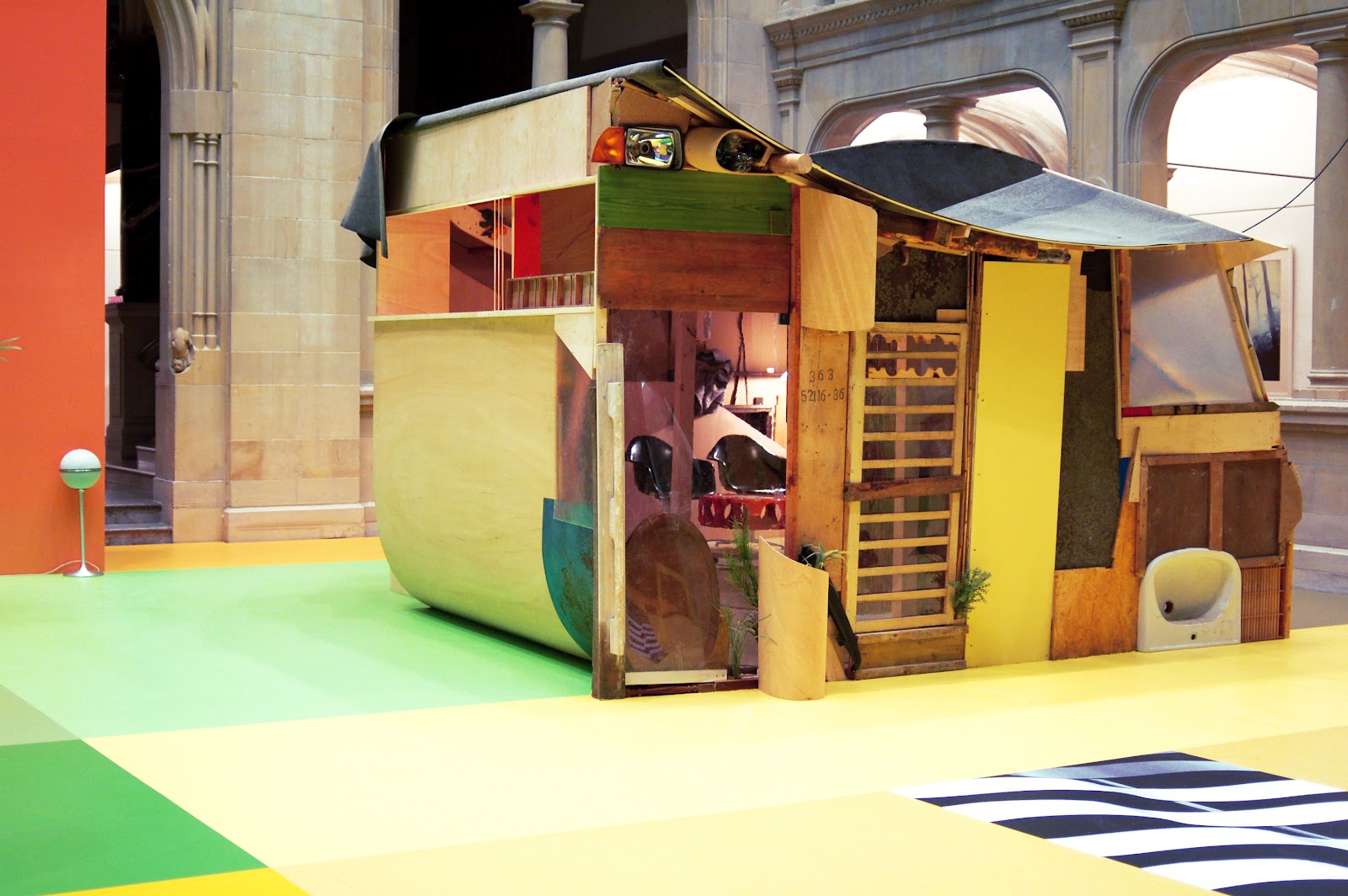
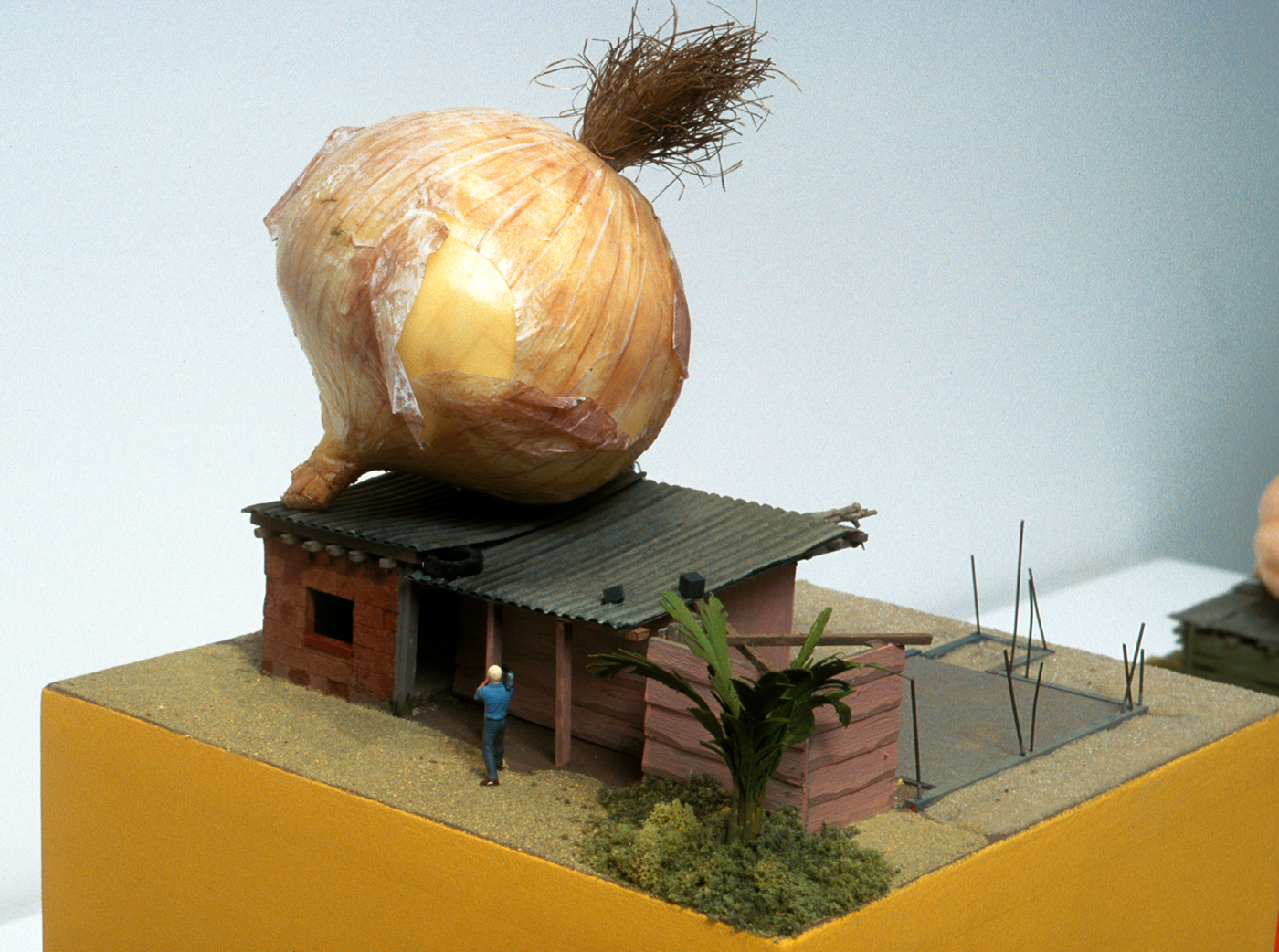
NOTES
1. The author establishes an analogy between the fragmentary nature of shanty constructions and the rhetorical structure of collage. If the logic of modern architecture is primarily Cartesian, the ontological condition of the shantytown is, in opposition, post-Cartesian-or of a chaos posterior to order. Its materials have been scavenged from rubbish discarded by another social class. In Spanish, the word descarte means to throw away, to set aside things or people.
2. Walter Benjamin, On the Mimetic Faculty, Reflections, pg. 333, Schocken Books Inc. New York.
























